Alaska is home to some of North America’s biggest and most powerful game animals. It is a state that has captured the imagination of American hunters for nearly a century. Couple that with the vast number of remote hunting acres available, Alaska is a prime target for the hunt of a lifetime. However, planning a hunt in Alaska can be intimidating. There’s not much room for error when it comes to hunting the wilds of Alaska.
As a resident of Alaska, I’ve seen my share of the good, and bad, that can come when hunting this remote land. My hope is that the information below will help equip you with what you need to know when planning a bowhunt in Alaska and help you avoid some of the pitfalls that are regularly seen during a non-resident hunt.
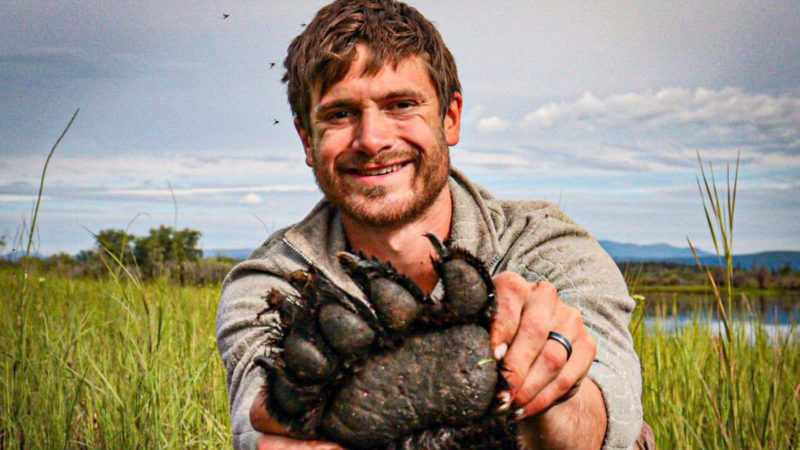
Alaska's Basic Bowhunter Regulations
The information below is designed to give you a glance at the basic bowhunting regulations. However, be sure to reference the complete guide found in the first 30 pages of Alaska’s published regulations for detailed clarification of what is required.
First, if you are planning a restricted archery-only hunt (no rifle hunting allowed in that area), you must have completed an International Bowhunter Education Program (IBEP) or equivalent certification program. Alaska recognizes bowhunter education in other states as long as it is qualified. To apply for a Certified Bowhunter Only Permit, you must have completed an approved bowhunting course beforehand.
The published minimum draw weight for hunting caribou, wolf, wolverine, black bear, Dall sheep, and deer is 40 pounds.
The minimum draw weight for moose, mountain goat, elk, brown bear/grizzly, muskox, and bison is 50 pounds.
Arrows and broadheads must weigh over 300 grains combined.
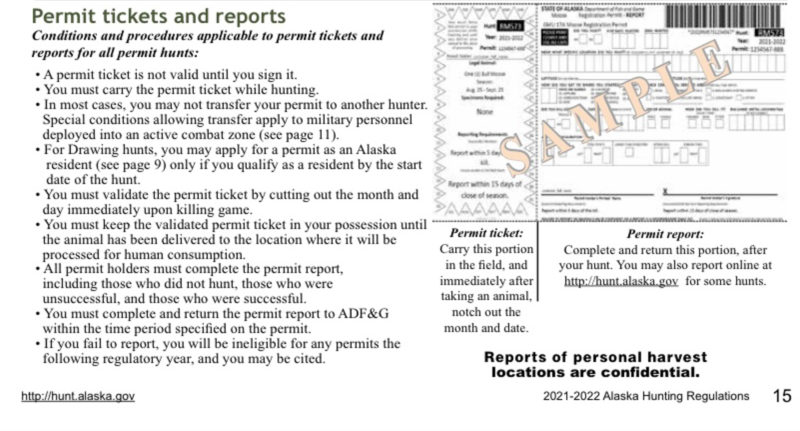
General Hunting Regulations & License Costs
You may find it interesting that a basic hunter education course is only required in specific parts of Alaska. Most of the state can be hunted without attending a hunter education course. It’s a hunter-friendly opportunity in one of the greatest hunting destinations on earth.
The cost of a Nonresident All-Game Hunting License was $160 in 2021.
All big game harvested by a nonresident must have a locking tag. The locking tag is locked on the animal immediately after the kill and must remain there until the animial is processed or exported.
In addition to the locking tag, you must also have a permit, registration ticket, or hunting ticket for your target species. If you have a locking tag, and a game animal of equal or lower value tag comes by, you can harvest that animal and use the locking tag you purchased, even though it is a different species, provided you have the appropriate permit or ticket for that game animal. Combining the value of locking tags is not permitted.
Do You Need a Guide in Alaska?
You may be wondering, what nonresident Alaska hunts require a guide? Most hunts can be accomplished without a guide. A guide or a second-degree kin resident relative is required when hunting brown/grizzly bear, Dall sheep, and mountain goat.
They must be within 100 yards of the hunter when the hunter is attempting a harvest. Residents of countries other than the United States must be accompanied by an Alaska licensed guide for all big game hunts.
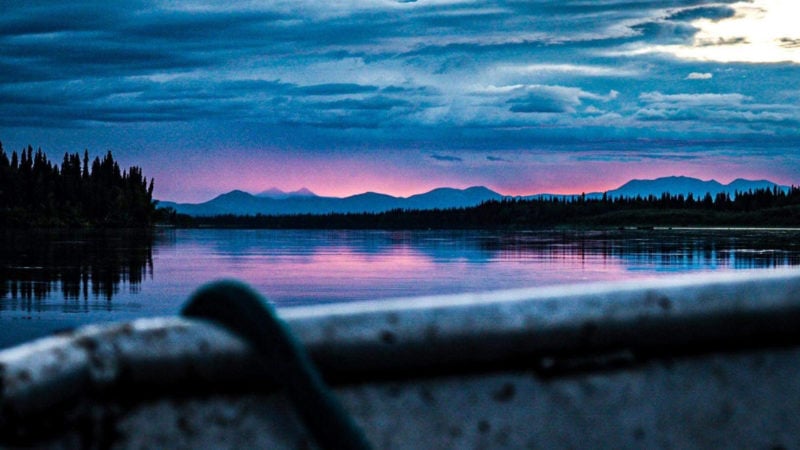
Requirments After a Successful Hunt
If you harvest a game animal, you may be required to have the remains sealed. Game animals that commonly need to be sealed are black bear, brown bear/grizzly, sheep, lynx, wolf, wolverine, and, in some management units, bull moose.
The regulations for the unit you decide to hunt will note if sealing is required. Sealing is when a fish and game biologist looks at your salvaged hide, skull, or required sample to study it briefly and take the samples they need for tests they are conducting for that area. Sealing is easily accomplished and is a highly educational opportunity. My interactions with the fish and game biologists have been encouraging and have helped me become a more knowledgeable hunter. They will take samples from your animal to determine age, herd population, feed source viability, and overall health. They will use this data to set regulations in years to come and manage the population well.
Hunting tickets are free. Hunting tickets are a free paper tag and report card you must have to hunt the species you are after. They are available at any location hunting licenses are sold. You can print them off the internet or receive them at a license vendor (local store) or fish and game office. Registration hunts are slightly different than a hunting ticket hunt. You need to register for them and then you are given a free ticket. These can be applied for online and printed off immediately.
Bag limits are assigned by location. If you reach your limit in one area and then go to another area where additional harvests are allowed, you can harvest up to the bag limit of the new area you are hunting.
For example, if you harvest one black bear reaching the harvest limit for that area and move to an area where three black bears are allowed, you can attempt to harvest two more bears to reach three total. You cannot go to another area with a limit of one bear and make a harvest. Your previous kill counts toward that area.
Common Mistakes Made by Hunters
Unfortunately, not every hunt goes as planned. On occasion, hunters will make a mistake and have a legal issue. The most common issues that are reported by the Fish and Game are pretty easy to avoid.
- Inaccurate identification of sex during a caribou hunt. There are very good resources available for the public on this topic.
- Moose antler requirement. Judging the spread of moose paddles is challenging on a borderline bull. Again, there are great resources available for learning this skill.
- Meat salvaging. Alaska is very specific about its meat-salvaging regulations. All usable meat must be salvaged. In some locations, the meat must be left on the bone to aid in the verification of adequate salvaging. In-depth notes on this are found in the regulations.
- Failure to leave evidence of sex attached after a sex-specific hunt.
- Transporting rack out of the woods before the meat. All meat must be packed out before the antlers come out of the woods. Antlers or horns can be brought out of the woods simultaneously with the last load of meat.
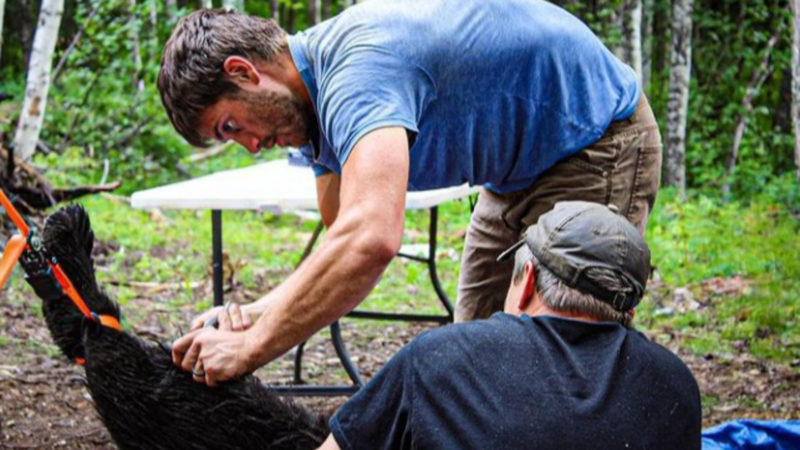
Huntable Land in Alaska
Land in Alaska is mostly public property open to hunting with a few exceptions. Native corporations are the largest private landowners. If you are interested to hunt their properties, you can try reaching out to the appropriate land management office for permission.
Just as a note, some villages are not a fan of visitors that look different. You will be much better off if you have an invitation to a village by a respected member of the community. Otherwise, much of Alaska is either state-owned or federal land.
Travel Recommendations
I recommend trying to purchase your flight ticket a few months ahead of time. In my experience, three months to six weeks ahead of time yield the least expensive tickets. I have found tickets as low as $300 from Pittsburgh, Pennsylvania, to Fairbanks.
I would also look into an Alaska Airlines credit card. They have really good rewards that can save you hundreds of dollars on a flight with them. Checked bags are free for up to six people on a booking. They also have a cool companion fare system that could land your ticket at around $100 for whoever is traveling with you.
You will need to purchase a hard-sided bow case for the trip as well.
On the way back, Alaska airports are used to seeing crazy things going on the plane. Moose racks are regularly wrapped in bubble wrap and brought as oversized baggage. I highly recommend taking everything you can on the airplane. It will save you in the long run. Shipping anything from Alaska is expensive, especially if it is heavy. You could be looking at over $500 to ship a moose rack to your home, and that is a very conservative number.
Gear
Clothing – A common mistake that is made by nonresident hunters is bringing way too much gear, especially on the fly-in hunts. This is a common frustration with the hunting guides that I talk to. While it is important to have enough gear to be able to stay dry and warm, don’t panic, especially if you are hunting interior Alaska. I recommend a good pair of lightweight, rain- and wind-resistant outer garments, and wool or materials that are not cotton for underlayers. Learning to play the wind is important. After a few days at camp, you will stink, much to the chagrin of your buddies. That is part of a hunt of this nature. Good personal hygiene practices are very important, even if it’s washing off every night with a washcloth and river water that takes your breath away because of how cold it is.
Small game tips – In Alaska, there are Ptarmigan, grouse, ground squirrel, etc., that make great pastime hunts and tasty meals. If you read this post and don’t take them on a hunt, you will likely wish you did.
Water purification – When I lived in Pennsylvania as a boy, I dreamed of Alaska—the rivers crystal clear and teeming with fish. Newsflash – most of the rivers in Alaska are murky and muddy. Bringing or purchasing a water filtration system is important.
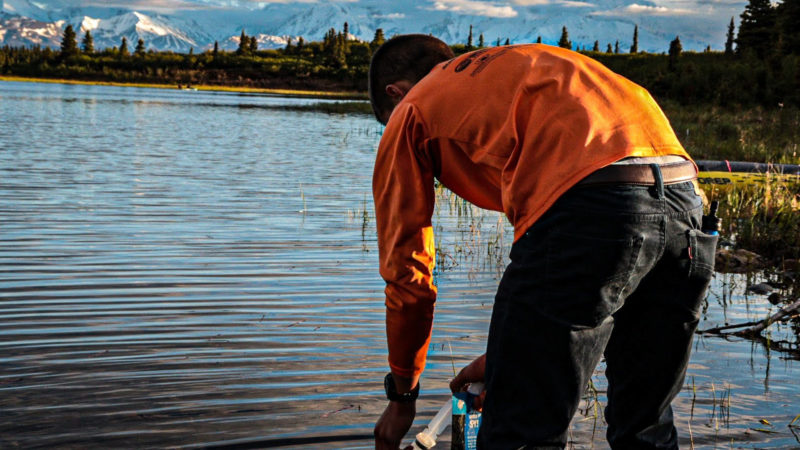
Extra Release or Finger Tabs – I don’t know why, but I have the knack for losing stuff on a hunt. One thing I don’t want to be without is my release. Even grabbing an extra, cheap release is worth it, just to make sure.
Cutter – Cutter is a mosquito fogger spray. It comes in aerosol cans. You spray it around your campsite, and it will inhibit the mosquito feeding-frenzy for enough time for a campfire and setting up your tent. It is nice to be able to walk around camp without a head net or tasting the Deet you needed to rub on your face and neck to keep the mosquitos off.
Bear Protection – Bear spray is a common tool used by bowhunters. I prefer something with a harder and faster projectile that I don’t have to be concerned about which way the wind is blowing with. I think you may be catching my drift. I use a .454 Casull. It has great knockdown power that you will want when being charged by a bear.
Final Thoughts
Look at the first 30 pages of the Alaska hunting regs . It will take you an hour, tops. From there you can research and decide on where you want to hunt and look at management-area specific rules.
Alaska regulations are different than other states. It can be legal to hunt on one side of a river for a certain sized bull moose and on the other side, it’s illegal even though it’s the same management unit. It’s important to know that when you head into the field.
Be prepared for anything. My dad has a strange habit of sending me interviews of people that have been mauled or charged by bears whenever I am about to go on a hunt. They all communicate that you are never as ready as you think. The key is to stay alert, especially when you are near the area of a fresh kill. I have not yet had a life-threatening encounter with a bear, but I have heard one crashing through the brush and roaring as it chased a calf moose. It made the hair stand up on the back of my neck. If it wasn’t for our superior technology, we would not be at the top of the food chain.
If you find that you need gear when you are in Anchorage or Fairbanks, there are plenty of places to purchase the gear you need. We have all the normal stores. Fairbanks has more stores to purchase gear in than Cody, Wyoming. Once you leave the cities, you are on your own. Buy your food in town if you are going to hunt from a village. Groceries in the villages are very expensive.
Lastly, GO for it. Get your buddies together and start planning. It will be a great experience. You may hate it at times during the hunt, but you will look back on it with joy.

 By
By 



